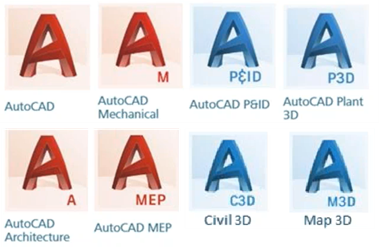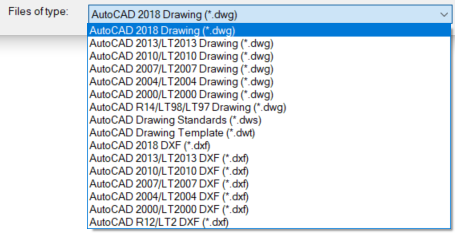Streamlining Autodesk Deployments: How CQi Simplifies the Installation Process
For many organisations, Autodesk software is mission-critical — used daily across design, engineering, and construction teams.

CAD software was first developed in the early 1960’s, with Autodesk first releasing AutoCAD in 1982. This software is still popular today, therefore the need for training is still prevalent, with CAD training courses among the most popular courses that Symetri provides.

Focusing on AutoCAD, one could wonder why it continues to be so widely used and has not been replaced by other more recent technologies. There are a few factors that play a role in its success and that maintain the knowledge of CAD and AutoCAD are essential skills in numerous sectors.
The user interface can be greatly customised. You can display the ribbon, menus or toolbars, create your own buttons and tool palettes, or add existing buttons to the quick access bar for ease of access. You can also save the interface in a workspace, facilitating the process of storing and loading different setups.
An AutoCAD profile can be set up to store all the settings that control the appearance of the different elements of the software and the behaviour of the commands.
Those profiles and workspaces can be loaded when you switch to a different machine or when you upgrade to a newer version to keep a consistent look and feel.

AutoCAD offers a myriad of command and setting variables, making the software very adaptable. Some commands have evolved over the years and changed their default behaviour. It is often the case that you can continue to access the old command or configure the new one to perform as in previous versions, so you don’t lose that functionality.
Add-ins can also be installed that enhance the range of capabilities that are offered out of the box.

A few Autodesk products are built on top of AutoCAD, such as AutoCAD Architecture, Map 3D, Civil 3D, and a few others. As a result, the knowledge of AutoCAD becomes an essential skill to use those products to their full extent.

The DWG and DXF file types used in AutoCAD are broadly used in a variety of fields and can be imported and exported from many different applications, making AutoCAD part of the project at various stages.

Repetitive tasks can be automated recording macros, programming lisp routines or scripts, or using the AutoCAD API.

As software develops, skills development must follow. Symetri are here to support you through your journey.
Take a look at our range of CAD training courses.
For many organisations, Autodesk software is mission-critical — used daily across design, engineering, and construction teams.
Discover how combining CQFlexMon with CQI provides a complete solution for CAD software deployment and monitoring. Improve software efficiency, reduce risk, and streamline your IT operations.
Cybercriminals are always evolving, and so should your defences. This month, we shine a spotlight on three often-overlooked yet critical security concerns that could put your business at risk.
